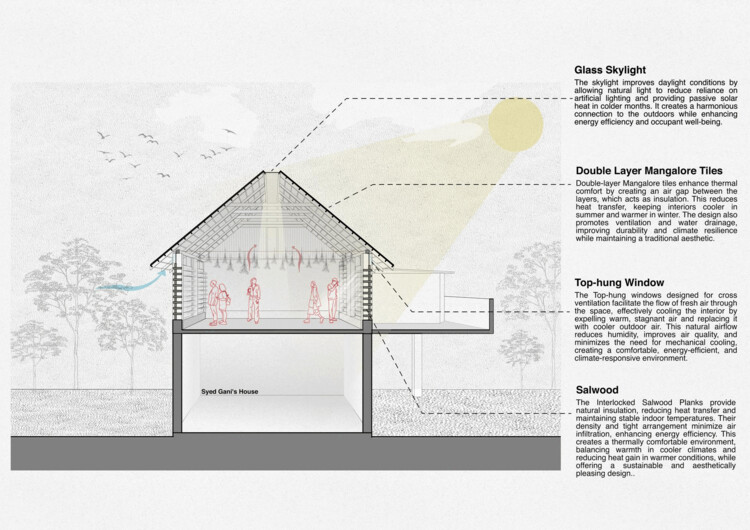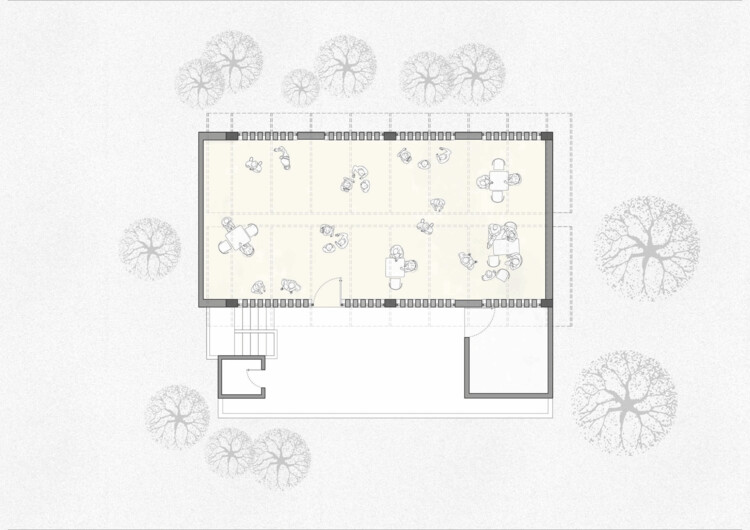Share
Share
Or
https://www.archdaily.com/1031914/rice-museum-architecture-rooted-in-rural-memory-and-ecology
Located on a farm in southern India, the Rice Museum occupies the upper floor of Syed Ghani’s home, nestled in the verdant agricultural landscape of Mandya — a region shaped by brick structures, expansive greenery, and ancestral farming knowledge. Syed Ghani, a farmer, historian, and museologist, has dedicated himself to preserving indigenous rice varieties through seed conservation, proliferation, and educational initiatives. With the support of local farmers, he has helped recover more than 1,000 native paddy (rice) varieties, safeguarding an essential part of India’s agricultural heritage.
Designed by RC Architects in collaboration with Selco Foundation, the Rice Museum is both an architectural and curatorial response to this mission. Envisioned as an ‘open pavilion’, the intervention maintains the domestic character of Syed Ghani’s home while subtly transforming it into a public space for collective memory and learning.
Without compromising its intimate scale, the project extends the private realm into a communal venue that supports storytelling, knowledge exchange, and cultural preservation. The museum serves as a classroom, exhibition space, and gathering hall. It is also a flexible platform for Syed Ghani to lead, curate, and mediate actions that keep the history and values of rice alive.
Related Article The Mexican Pavilion at the Venice Architecture Biennale Explores the Ecological Potential of Ancestral Agricultural Systems 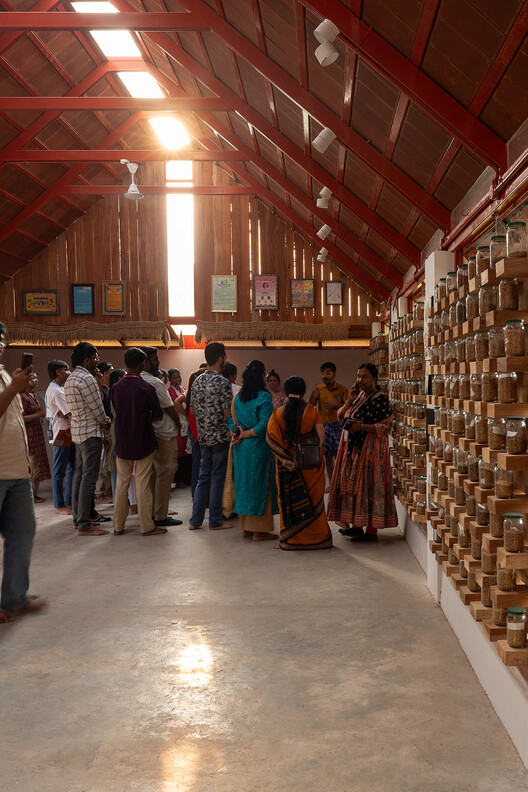 Courtesy of RC Architects
Courtesy of RC Architects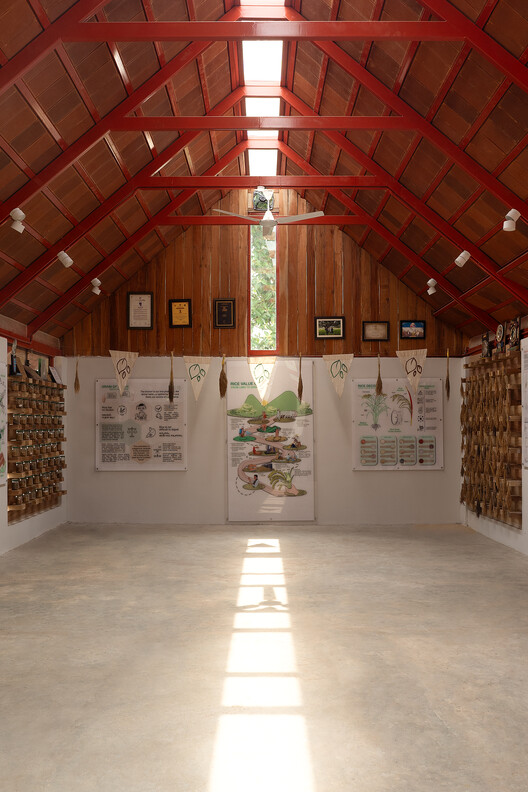 Courtesy of RC Architects
Courtesy of RC Architects
The architectural experience is intentionally meditative and tactile, rooted in vernacular materials and construction techniques that express the project’s environmental ethos. Elements such as salwood interlocking systems, Mangalore tile roofing, glass skylights, and top-hung windows for cross-ventilation reflect a thoughtful application of passive design strategies. These choices minimize environmental impact while ensuring thermal comfort and creating favorable conditions for seed preservation.
Complementing this approach, the museum’s gabled roof with a central skylight introduces soft, natural light and enhances airflow throughout the space. Translucent exhibition walls further diffuse daylight, creating a balanced interior atmosphere that protects the seeds while inviting visitors to engage with the displays. This adaptable, climate-responsive design reinforces the museum’s mission, supporting conservation and community interaction through an architecture that remains visibly and physically exposed to the behaviors of natural cycles.
 Courtesy of RC Architects
Courtesy of RC Architects © Antonin Mack
© Antonin Mack
From the upper floor of his home, now transformed into a light-filled, serene museum, Syed Gani engages with farmers, researchers, and students in dialogues around organic cultivation, seed sovereignty, and sustainable practices. As industrialization continues to reshape rural territories, the Rice Museum becomes more than a place of display: it is a space of resistance and reawakening of agricultural heritage and sustainable farming principles.
Editor’s Note: This publication is part of an editorial collaboration between ArchDaily and the Architecture in Development network, which works to connect and amplify community-driven, participatory architecture from around the world.
This article is part of the ArchDaily Topics: Regenerative Design & Rural Ecologies. Every month we explore a topic in-depth through articles, interviews, news, and architecture projects. We invite you to learn more about our ArchDaily Topics. And, as always, at ArchDaily we welcome the contributions of our readers; if you want to submit an article or project, contact us.
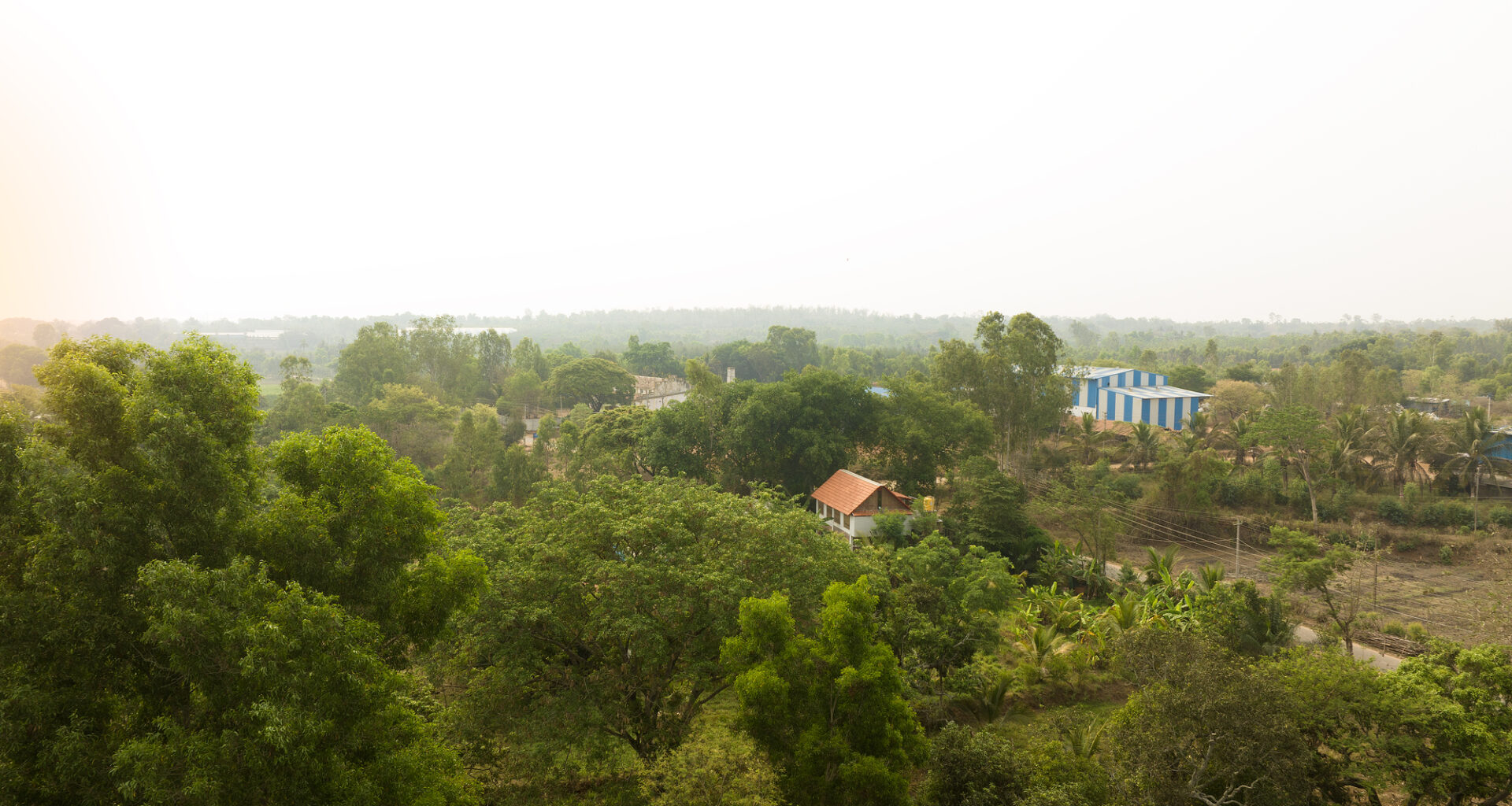
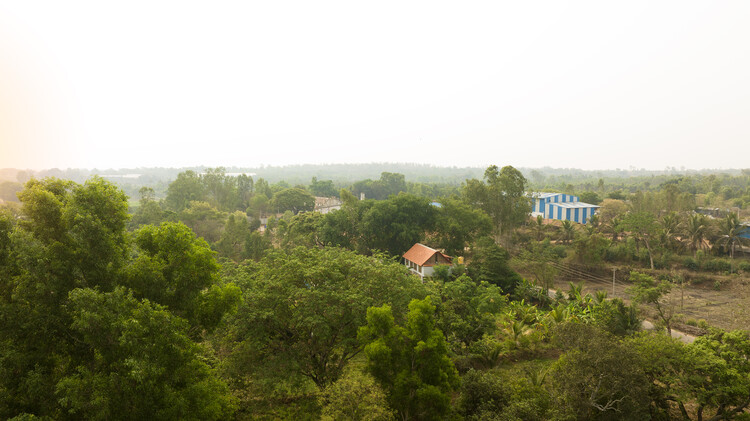
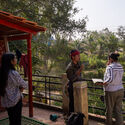

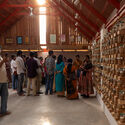
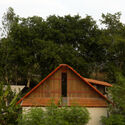
 © Antonin Mack
© Antonin Mack